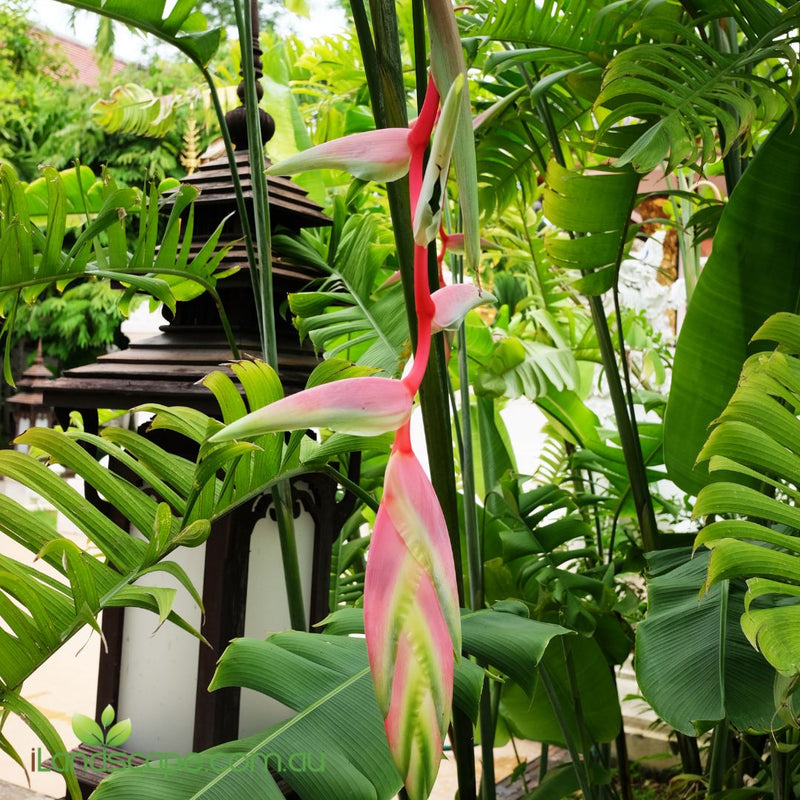
Top 10 Must-Have Tropical Plants for Queensland Gardens

Description:
Tulip Tree (Liriodendron tulipifera), also known as the American Tulip Tree or Yellow Poplar, is a large, deciduous tree admired for its unique tulip-shaped leaves and showy, tulip-like flowers. Native to North America, this fast-growing tree has an upright, columnar form and is widely used as a shade or ornamental tree in large landscapes, parks, and expansive gardens.
Flowers:
In late spring to early summer, Tulip Tree produces large, cup-shaped, tulip-like flowers with greenish-yellow petals and an orange center. These fragrant flowers are often high up in the canopy, adding subtle color and attracting pollinators, including bees and hummingbirds.
Foliage:
The tree features distinctive, four-lobed, tulip-shaped leaves that emerge a bright green in spring and deepen to a rich green in summer. In autumn, the leaves turn vibrant shades of yellow, creating a brilliant seasonal display.
Fruit:
After flowering, Tulip Tree produces cone-like clusters of winged seeds that mature in fall. These seeds, though not particularly ornamental, add a touch of natural charm and are often consumed by birds and small wildlife.
Form and Size:
This tree has a tall, pyramidal to oval growth habit, typically reaching a height of 18 to 24 meters with a spread of 10 to 15 meters. Its symmetrical, upright form and large size make it best suited for spacious landscapes and large properties.
Growing Conditions:
Tulip Tree thrives in full sun and prefers moist, well-draining, slightly acidic soil. While it can tolerate a range of soil types, regular watering is beneficial, especially during its establishment period. It does best in temperate climates and requires adequate space for its large root system.
Uses:
This tree is ideal as a shade tree in parks, large gardens, and open landscapes. Its tall, symmetrical form and attractive foliage make it a beautiful specimen tree, and its large canopy provides ample shade. The Tulip Tree also has historical significance as one of North America’s tallest native hardwoods.
Maintenance:
This variety is low-maintenance, requiring minimal pruning. Prune in late winter to remove any dead or crossing branches and promote a strong structure. Fertilizing young trees in spring can encourage healthy growth, but mature trees typically require little additional care.
Notes:
Tulip Tree is highly valued for its impressive size, showy flowers, and beautiful autumn foliage. Its fast growth rate and symmetrical form make it a popular choice for large landscapes, but it may not be suitable for smaller gardens.
Companion Plants:
Pairs well with other large trees and shrubs like Quercus (Oak), Betula (Birch), and Magnolia. It also complements shade-tolerant ground covers and perennials, such as Ferns, Hostas, and Heuchera, adding layered texture to expansive garden settings.
Common Name: Tulip Tree, American Tulip Tree, Yellow Poplar
Botanical Name: Liriodendron tulipifera
Family: Magnoliaceae
Origin: Eastern North America
As we cannot guarantee stock all year around on Pots & Plants please hit us up via the chat button and we can get back to you with availability
Quantity:
Usually ready in 24 hours —
Delivery Options
Product Availability
Plants & Pots come and go all year around.
Where are our plants Grown and how do we grow them
How to Look after your plants like we do
